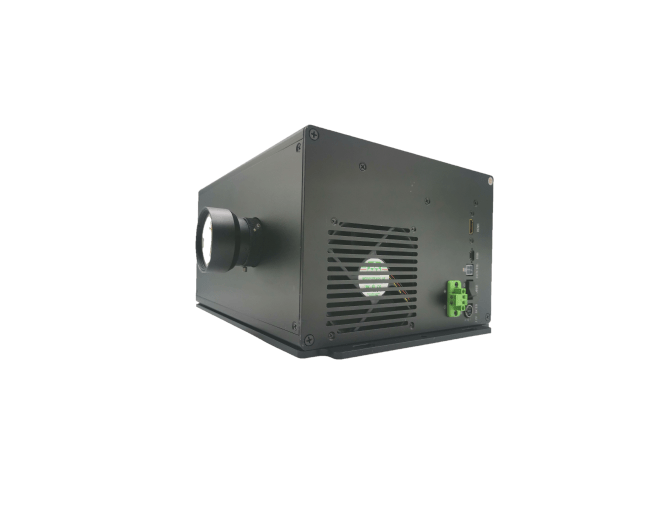UV DLP (Digital Light Processing) technology is widely used in resin 3D printing for its speed and precision, but printed models may exhibit "pixelation," characterized by tiny square or grid-like textures on surfaces. This phenomenon is closely tied to the light source system, projection method, and material properties of the technology.
1. Causes of Pixelation
Limitations of Projector Pixel Arrays
The core component of DLP is a Digital Micromirror Device (DMD), composed of millions of micro-mirrors, each corresponding to a pixel. When UV light is projected onto the resin surface, each pixel independently controls the curing area, resulting in a voxel (3D pixel) structure defined by pixel boundaries within each cured layer.The DMD micro-mirror array controls light projection by switching mirrors on/off to form curing patterns.
Stair-Step Effect from Layer Stacking
Even if pixel boundaries are smoothed within a single layer, misalignment or uneven layer thickness during stacking can create a stair-step appearance, amplifying surface roughness.
Material Shrinkage and Light Diffusion
Resin shrinkage during curing or light scattering may blur or distort pixel edges, increasing texture visibility.
2. Influencing Factors
Factor Impact on Pixelation
Projector Resolution Lower resolution (e.g., 2K) results in larger pixel size and more visible grids; higher resolution (e.g., 8K) refines surface texture.
Layer Thickness Thick layers (>50μm) magnify stair-step effects; thin layers (<25μm) reduce pixel misalignment.
Material Properties Transparent resins blur pixel edges due to light scattering, while pigmented/filled resins may mask textures.
3. Mitigation Strategies
Anti-Aliasing Algorithms
Software-based grayscale gradient processing at edges softens pixel boundaries, reducing square-textured patterns within layers.
Dynamic Pixel Offset
Periodically shifting projection positions during layering disperses fixed pixel stacking patterns, minimizing stair-step effects.
High-Resolution Hardware
Using 4K/8K projectors significantly reduces pixel size (e.g., 22μm with 8K resolution), improving surface smoothness.
4. Comparison with LCD Technology
While LCD 3D printing also relies on pixelated light (via LCD masking), its lower pixel density and uneven light distribution often produce coarser grid textures. Although DLP pixelation cannot be fully eliminated, its curing efficiency and detail retention outperform LCD, especially for complex microstructures.
Left: Pixelated surface from DLP; Right: Grid texture from LCD.
By upgrading hardware, optimizing software, and adjusting parameters, pixelation in UV DLP can be effectively mitigated. However, the inherent nature of the technology imposes physical limits on texture control.
Buy UV DLP projector from https://sicubeshop.com


Share:
UV DLP vs LCD 3D Printing: Key Differences
TIR Prisms: The Unsung Heroes of DLP Optical Engines
2 코멘트
sjfv8f
sjfv8f